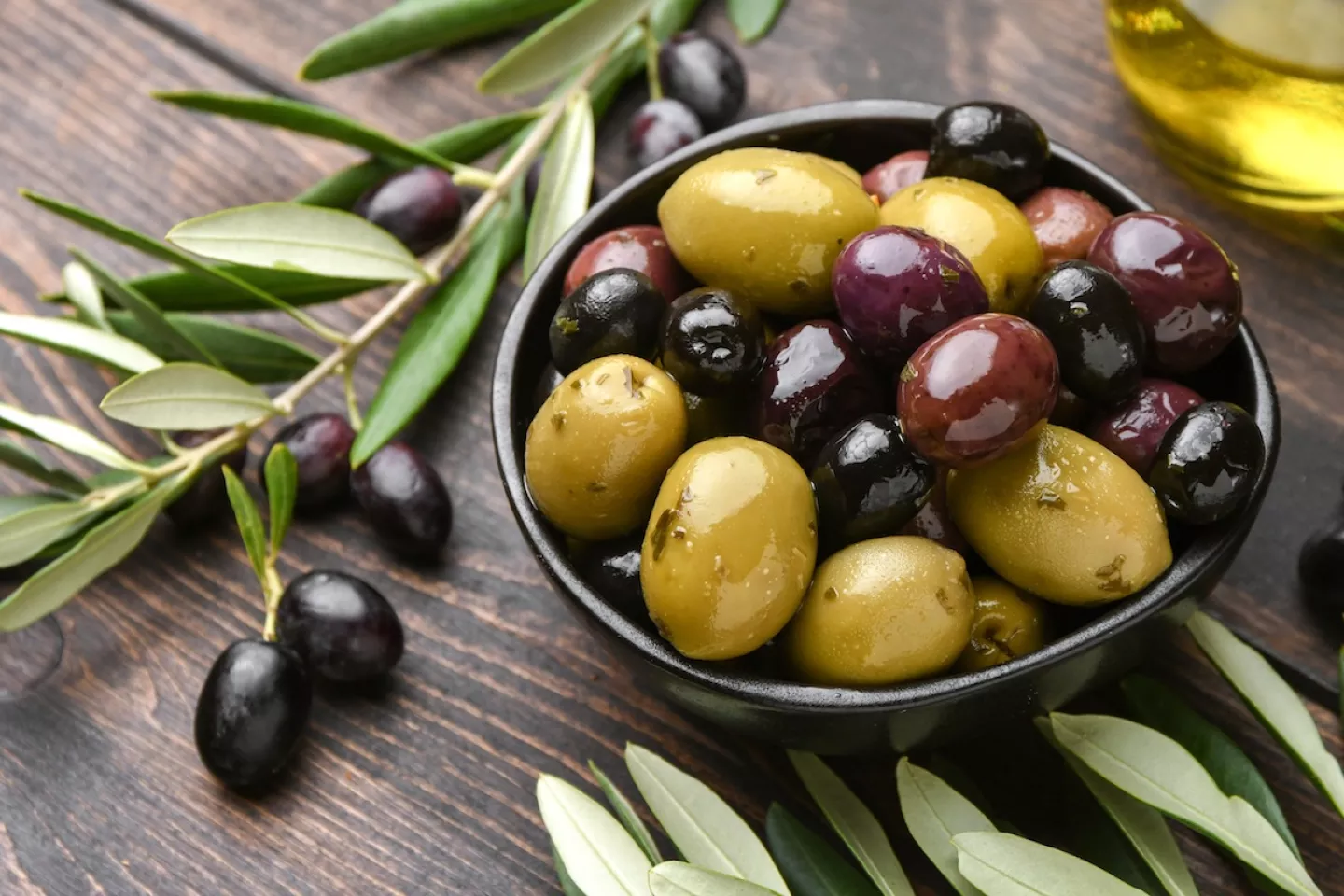Production of olives in Spain may reach 550 thousand tons

Spanish officials said the table olive harvest campaign is nearing completion, but 15% of the fruit remains unharvested due to labor shortages. Despite ongoing problems caused by labor shortages, Spanish growers harvested 480,000 tons of table olives this year, 96% of which came from Andalusia.
Representatives of large cooperatives told Olive Oil Times that finding enough workers for the harvest is becoming increasingly difficult as many Spaniards leave rural areas and move to large urban centers. Migrants from North Africa are increasingly filling the gap, but officials said they often leave after harvest to seek other job opportunities. This increases the economic burden on producers and reduces the industry’s profitability. While a growing body of research demonstrates the effectiveness of mechanical harvesters for harvesting olives, some of the harvesting of certain varieties cannot be effectively mechanized without damaging the fruit or degrading the quality of the product.
Nevertheless, industry representatives predict that the country’s olive production could reach 550,000 tons, exceeding the 492,200 tons forecast in September and well ahead of the 2023 total of 408,900 tons. Spain is the third largest producer of table olives in the world after Egypt and Turkey, with 197,300 hectares of olive groves devoted to table olive production – 4% of the country’s total olive grove area – and another 77,700 hectares planted with dual-purpose varieties.
Gabriel Cabello, president of Cooperativas Agro-alimentarias reports that both countries are becoming increasingly competitive in the global olive market due to rapid growth in production and lower harvesting costs than in Spain. According to Antonio de Mora, secretary general of the Association of Table Olive Exporters (Asemesa), the 35% duties imposed on Spanish black olives in 2017 by the previous Trump administration have already resulted in losses of 260 million euros. De Mora added that the duties have permanently reconfigured the market, with Spanish producers losing 70% of their share of the US market, and being replaced by exporters from Egypt, Turkey and Morocco.
Trump, who will only take office at the end of January, has already announced plans to impose duties on products from Canada, China and Mexico. During the campaign, he said he planned to impose duties of 10 to 20 percent on all imported goods.
Cabellos warned that exports of green table olives from Spain could also fall under the crosshairs of a second Trump administration, “Let’s remember that green table olives and olive oil have been tariffed before, the duties were suspended for five years, but with Trump coming in, we don’t know what could happen.”
For almost 30 years of expertise in the agri markets, UkrAgroConsult has accumulated an extensive database, which became the basis of the platform AgriSupp.
It is a multi-functional online platform with market intelligence for grains and oilseeds that enables to get access to daily operational information on the Black Sea & Danube markets, analytical reports, historical data.
You are welcome to get a 7-day free demo access!!!
Read also
Official Release – December 17th! Crop & Price Navigator 2026/27
Ukraine’s harvest nears completion: Total grain output exceeds 56 mln tons
Wheat heads for worst week since June on global oversupply
‘Soybean GPT’ lands South Korea’s agriculture ministry in awkward situation
Thailand purchases 65 thsd tons of Argentine feed wheat
Write to us
Our manager will contact you soon



